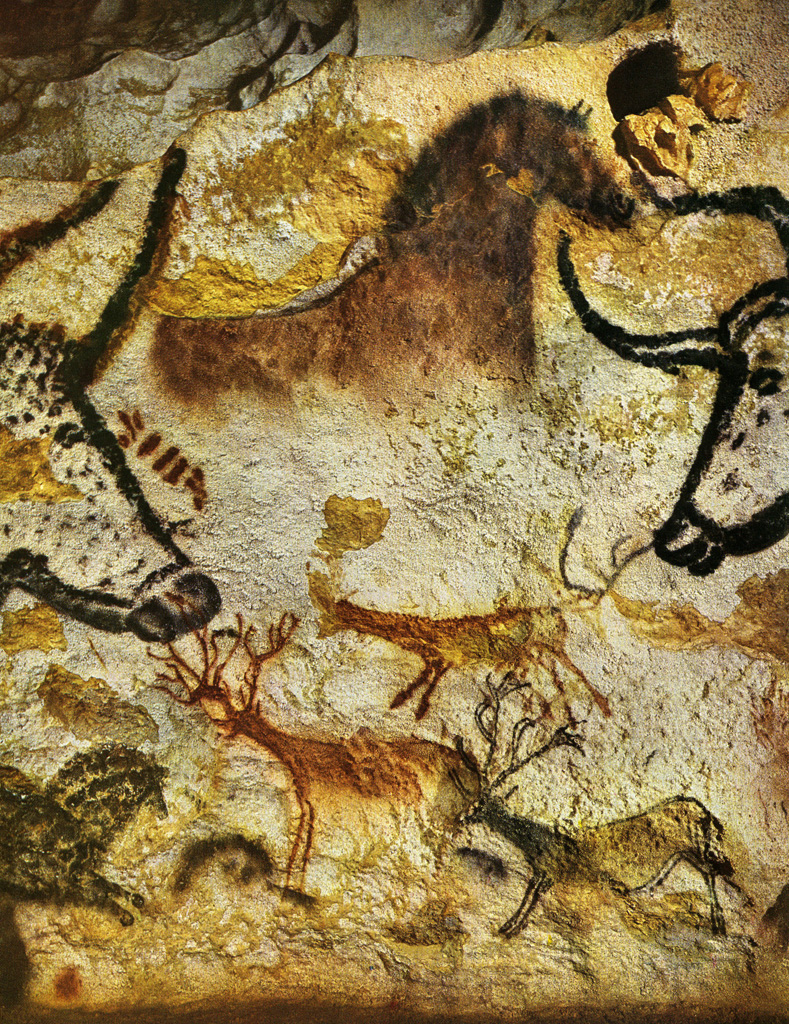Background
Modern man's first appearance in Europe was 45,000 years ago, the beginning
of the upper Paleolithic, so-called because it is the uppermost layer
in the archeological dig. Paul Bahn states that some of the greatest
masterpieces of portable art date to about 30,000 BC, clearly indicating
to him that "they must have been preceded by a long tradition in
carving materials which has not survived" (85). This has been called
the creative explosion, the arrival of modern man in Europe fully formed
(Lewis-Williams 40). Neanderthal man had previously inhabited the continent
alone for 200,000 years (middle Paleolithic), years marked by very little
change and virtually nothing that could be considered art. By 35,000
BCE Neanderthal was nearly gone. Lewis-Williams believes (190) that
Neanderthal had a form of consciousness not only lower than modern man,
but it had a different type of consciousness, a consciousness essentially
incapable of language, art, and belief in a spirit world. Neanderthal
and dogs may dream, he says (191), but they do not remember them, communicate
them, and make them a part of the waking life.

Prehistoric Painting: Lascaux - or the Birth of Art, text by Georges Bataille, photos by Hans Hinz, Claudio Emmer. Albert Skira publisher, Switzerland, 1955.